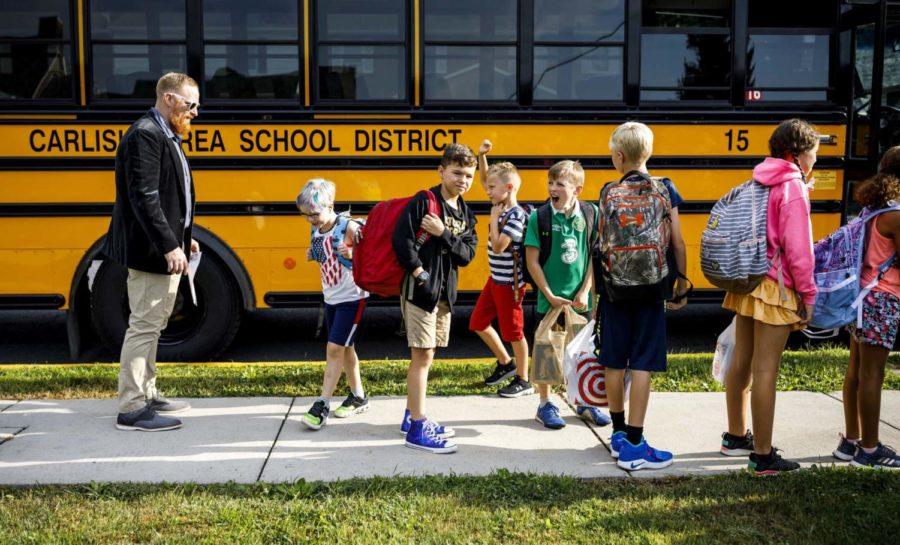Editorial: Lawsuit could be a step towards equity in Pa. education funding
A lawsuit claims that Pennsylvania public school funding is unfair because it relies too heavily on local tax dollars and discriminates against underprivileged districts.
September 3, 2019
Many students are going back to school this week, but not all students will have the same resources or education available to them.
There are major differences in what each Pennsylvania school district is able to pay towards each student’s education. This has been a problem in the state for a long time, but we may have new reason to hope for change in the form of a lawsuit filed by a couple of law centers and multiple Pennsylvania school districts. Where the state government has failed to solve the problem, this lawsuit could be a step towards a solution.
The lawsuit argues that Pennsylvania doesn’t meet constitutional requirements because the state doesn’t give enough money to districts to fund their schools. Districts must rely heavily on local property taxes, which causes inequities between wealthy and non-wealthy areas. The lawsuit therefore claims that the state discriminates against districts with lower property tax revenue, which are typically lower-income areas.
Federal data collected in 2015 showed that across the entire country, Pennsylvania had the highest gap between how much the wealthiest and lowest-income districts in the state spend per student. Compared to the wealthier districts, those districts with the highest poverty levels received one third fewer tax dollars per pupil.
This disparity comes from the high percentage of education funds coming from local taxes rather than state-allocated funds. According to the Pennsylvania School Boards Association, about 58% of funds received by school districts throughout the state came from local taxes during the 2017-18 school year, while only 38% came from the state.
The average of what Pennsylvania school districts spent on each student in 2015 was about $14,405, according to a 2018 study by the National Center for Education Statistics. This was above the national average of $11,454 that same year. These stats varied greatly during the 2017-18 school year for districts in Allegheny County, the lowest amount being $15,127 and the highest being $27,035 — still both above the national average.
“When people say, ‘Oh, we spend on average more than most other states,’ the rebuttal to that is, ‘yes, because we have some very rich school districts that spend a lot of local money,’” said Michael Churchill, an attorney for the Public Interest Law Center, which was one of the organizations that filed the recent lawsuit against the state. “Our appropriations from the state, on average, are relatively low and we have many, many districts that are not spending the average by definition and are in a great deal of trouble.”
The most recent state budget, which went into effect July 1 of this year and consisted of $34 billion, allocated $160 million more in funds for K-12 education. According to Churchill, this isn’t enough to “correct for the poverty of many, many districts.” In short, the increased education budget doesn’t necessarily decrease the inequities already present between school districts.
This lawsuit, however, could be a step towards providing districts across the state with more equal funding from the state rather than relying on local taxes. Where Harrisburg has consistently failed, a lawsuit in the Commonwealth Court might do the trick.








